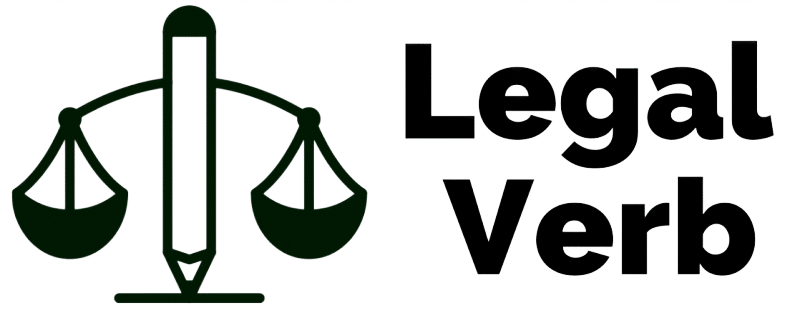5 Tips for Making Legal Content More Accessible
As a law firm, you know the importance of providing valuable and informative content to your clients. After all, it can help you attract new clients and keep the old ones coming back for more. If that content is going to be truly effective, though, it needs to be accessible to everyone, regardless of any disabilities or limitations they may have.
Not only does this ensure that everyone can benefit from it, but it can help you reach a wider audience. In this blog post, we will share five tips for making your legal content more accessible so you can better serve your clients and potential clients.
1. Use Clear and Simple Language
One of the most important ways to make your legal content more accessible is by using clear and simple language. It isn’t always easy when you’re talking about complicated subjects, but using overly complex jargon or legalese can confuse or alienate readers.
Instead, it’s best to use plain language that is easy for all individuals to understand. By keeping your language clear and straightforward, you can ensure that everyone can easily understand your message.
2. Provide Alternative Formats
Another tip for making your legal content more accessible is providing alternate formats for those who may have difficulty reading traditional text. For example, you could consider offering audio versions of your written content, or creating videos that explain complex legal concepts in a visual format.
See, when you take the time to provide your audience with alternative formats, you can cater to different learning styles and preferences. This can make it easier for all individuals to access and understand your content.
3. Ensure Compatibility with Assistive Technologies
If you really want to make your legal content accessible to all individuals, then you should ensure compatibility with assistive technologies like screen readers or voice recognition software. Your website needs to be properly coded and structured so that these technologies can easily navigate and interpret your content.
4. Organize Your Content Effectively
Another important aspect of making your legal content more accessible is organizing it effectively. This means using headings, subheadings, bullet points, and numbered lists to break up large blocks of text, and make it easier for readers to scan and navigate through your content.
Bonus tip: use descriptive headings that clearly indicate what each section is about so that readers can quickly find the information they are looking for.
5. Test Your Website for Accessibility
Finally, one of the best ways to ensure that your legal content is accessible is to test out your website for accessibility issues. There are many tools available online that can help you figure out where you could make improvements, such as color contrast ratios or keyboard navigation options.
By regularly testing your website and making necessary adjustments, you can ensure that all visitors have equal access to the valuable information you provide.
The Bottom Line
It may take some work, but making your legal content more accessible is worth it. It helps you reach a wider audience and better serve all individuals who interact with your firm's website or materials online, and it’s hard to see a downside to that.
By following these five tips - using clear language, providing alternative formats, ensuring compatibility with assistive technologies, organizing your content effectively, and testing your website for accessibility - you can create a more inclusive experience for all individuals who visit your site or engage with your legal content online. Here’s to accessibility for all!
Need some clear, well-organized legal content to improve the accessibility of your website? If so, we’d be happy to help! Click here to get in touch with Legal Verb, and ask about our legal content services today.

